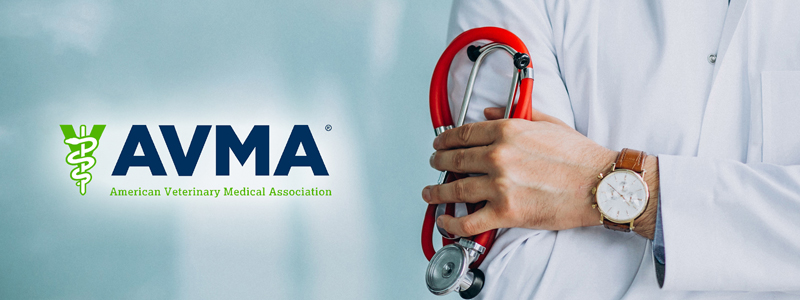BY: SAMANTHA BARTLETT, DVM
During the height of the pandemic, veterinary clinics were seeing patients “curbside” and frantically trying to deal with a large number of appointments all while maintaining COVID-19 protocols and communicating exam findings and treatments to worried and confused pet owners over the telephone. Things are starting to return to normal, but many clinics still are not back to normal workflow operations. The changes wrought by the pandemic made an already stressful and challenging profession more so and saw many people leaving the profession or reducing hours. Clinics are understaffed and experiencing high turnover rates. Emergency clinics in particular seem unable to entice a full complement of staff. Pet owners are finding it harder to obtain same day appointments and are having longer wait times for emergencies.
The cause of this change in the profession is multifaceted. The pandemic pet adoption boom was not really a boom. Data extrapolated from shelter adoption records show that, if anything, pet adoptions were down in 2020. Appointment requests did increase in 2020 but only by 4-5%. However, clinic operating efficiency was down considerably at 25%, meaning the same number of doctors was only able to see about 75% of their normal number of appointments in a day. This decline in productivity, dramatically increased the physical and mental stress of the veterinary staff during this time. That stress has continued to some extent with the continued staff shortages and turnover the industry is experiencing.
Veterinary staff are overworked and burned out. The solution is to address the root causes. Rather than hire more people, work in improving the productivity of the current team. By engaging employees and providing them opportunities for professional development and growth, a company is more likely to retain those employees for a longer period of time. Employee longevity is a key component of team satisfaction and efficiency.
A company that gives existing employees the chance to fully use their skills and pays them accordingly is more likely to have satisfied and fulfilled employees that stay with the company. Letting technicians perform the tasks legally allowed by their state frees up veterinarians for other tasks and allows the team to help more patients in a day. While adding additional employees may be necessary in some cases, keep in mind that we do not know whether the demand for veterinary services will continue at its current rate now that the economy is starting to open up and people are going back to work. The rise in inflation may also affect pet owner’s disposable income in regards to their pets.
Some have suggested the development of a new role in veterinary medicine that acts as a mid-level player between a licensed veterinary technician and the veterinarian. This role has been described as a veterinary professional associate or advance practice registered veterinary nurse. This position would diagnose, prescribe and perform surgery to a limited degree under the supervision of a veterinarian. Another role, the veterinary extender, has not been well-defined, but would not extend into the scope of practice of a veterinarian, but would deal more with managing the clinical aspects of the practice. No in-depth analysis of these roles has been conducted to date and the need for such roles in uncertain. In addition, training and education for these roles would need to be established and developed before implementation could occur. The American Veterinary Medical Association (AVMA) is currently conducting research into the need for these types of roles in the profession. Currently, the AVMA feels that using the skill sets of current veterinary positions fully is a more effective and efficient solution.
The AVMA recommends several solutions that hospitals can implement to improve productivity and job satisfaction among the veterinary team. Consider technology to help with practice workflows, vendor management and purchasing, accounting and telehealth. These tools can help practice efficiency and provide better client communication. Allowing employees more job responsibility and helping the gain new skills improves efficiency and gives veterinarians more time to focus on medical aspects. Finally, creating an inclusive team environment will enhance job satisfaction and wellbeing., reduce turnover and improve overall efficiency.
The AVMA has several tools to help practices implement these strategies. Many of these can be found at https://www.avma.org/resources-tools. This site has tips on improving utilization of technicians, financial tools, guidelines for telehealth, market reports, continuing education on veterinary business and training to support mental health and wellbeing.











